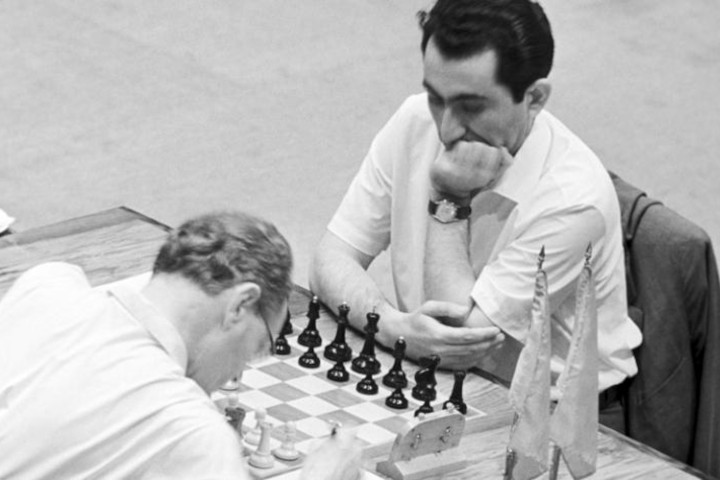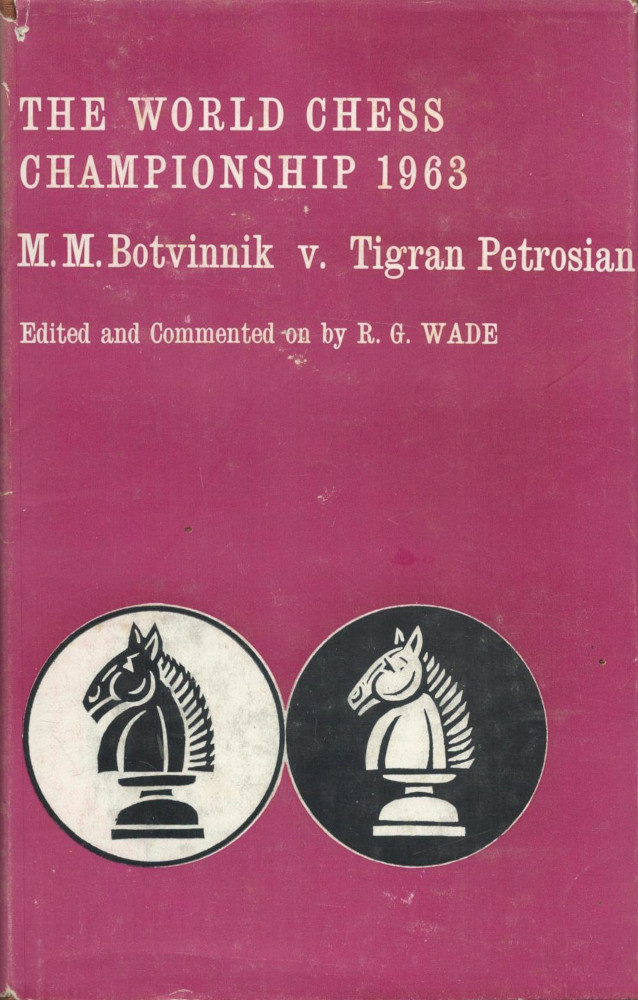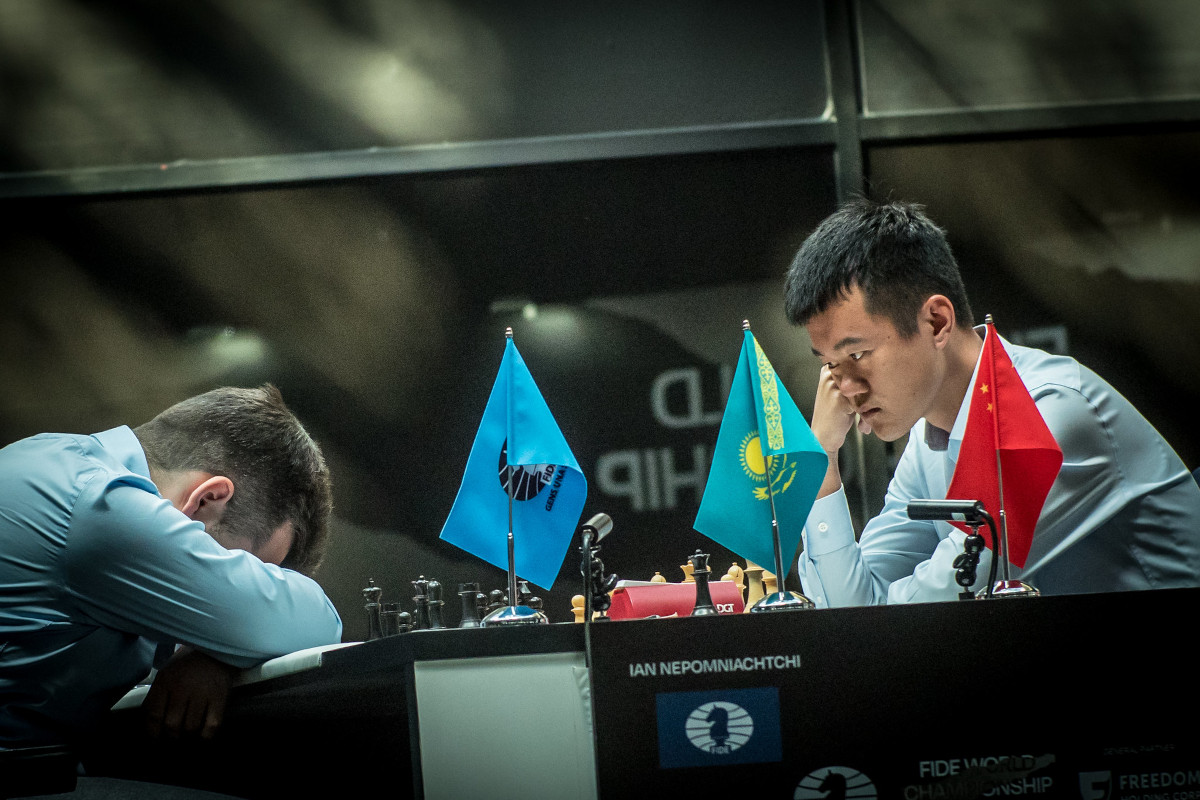


[Note that Jon Speelman also looks at the content of the article in video format, here embedded at the end of the article.]
 When I was playing Candidates matches half a lifetime ago, one of my greatest assets was the ability to reconcile myself to my own stupidity.
When I was playing Candidates matches half a lifetime ago, one of my greatest assets was the ability to reconcile myself to my own stupidity.
Of course, losing or failing to win a “winning position” hurt — they still do, and I might be angry or even incandescent with myself. But when I did (do) make horrible blunders, I was never overly surprised since I am a carbon-based great ape (the silicon-based chess “players” hardly figured at that time). And it’s in our nature to mess up at times.
I’m writing on Thursday after Ding Liren equalized in Astana, and by the time you read this they will have played one or probably two more games, so you have the advantage over me. But I can say — and this is without hindsight — that if I were a betting man, I would definitely have put money on Ding after he lost game 2; and that in a close-fought match the ability to deal with reverses quickly may well prove crucial.
Last time, I approached the match through memories of a past one in which I was a second: Kasparov v Anand in 1995. And this time I’m going even further back to the first match I ever really took an interest in: Botvinnik v Petrosian in 1963.
Bob Wade’s book on it is the first really serious chess book I ever owned. And since the match ran from the end of March to the beginning of May and my birthday is in October, my mum must have bought it for me when I was either six or just seven. Obviously, I wouldn’t have understood much then, but I’ve dipped into it many times since, and just retrieved it from my bookshelf now.
The reason I’m returning to it is not just nostalgia, but because of the parallels between how the World Championship debutants Tigran Petrosian and Ding Liren performed at the start. Both were clearly rather terrified and Petrosian played horribly in game 1 — so badly that he later described his play as being at “first-category strength, not even Candidate Master”. Ding was tense in game 1, and his Petrosian moment came in game 2, which was pretty horrible.
Recovery from such a shock can only be achieved in real time at the board and, rather than panicking, both players simply carried on playing sensibly and bathing themselves in the balm of properly played draws. For Petrosian, it took three before he equalized in game 5; Ding needed just one before playing powerfully in game 4 on Thursday.

Ian Nepomniachtchi and Ding Liren during game 4 of the Astana World Championship match | Photo: FIDE / Anna Shtourman
In a very interesting interview, Daniil Dubov, who of course has played both of them, said that he believes that Ding’s A game is better than Nepo’s, but Nepo’s B game is much better than Ding’s.
Petrosian went on to beat Botvinnik convincingly, making +5-2=15 to finish he 24-game match two games early. Time will tell whether Ding can access his A game sufficiently often to emulate Petrosian. (Incidentally, by the time I did the audio, Nepo had won game 5).
The current match has already been analysed all over the place, so what I’m going to do is to look at the first five games in Moscow 1963, and see how Petrosian recovered his mojo. I have given games 1 and 5 here before but have slightly rewritten the notes.
Select an entry from the list to switch between games
| Advertising |